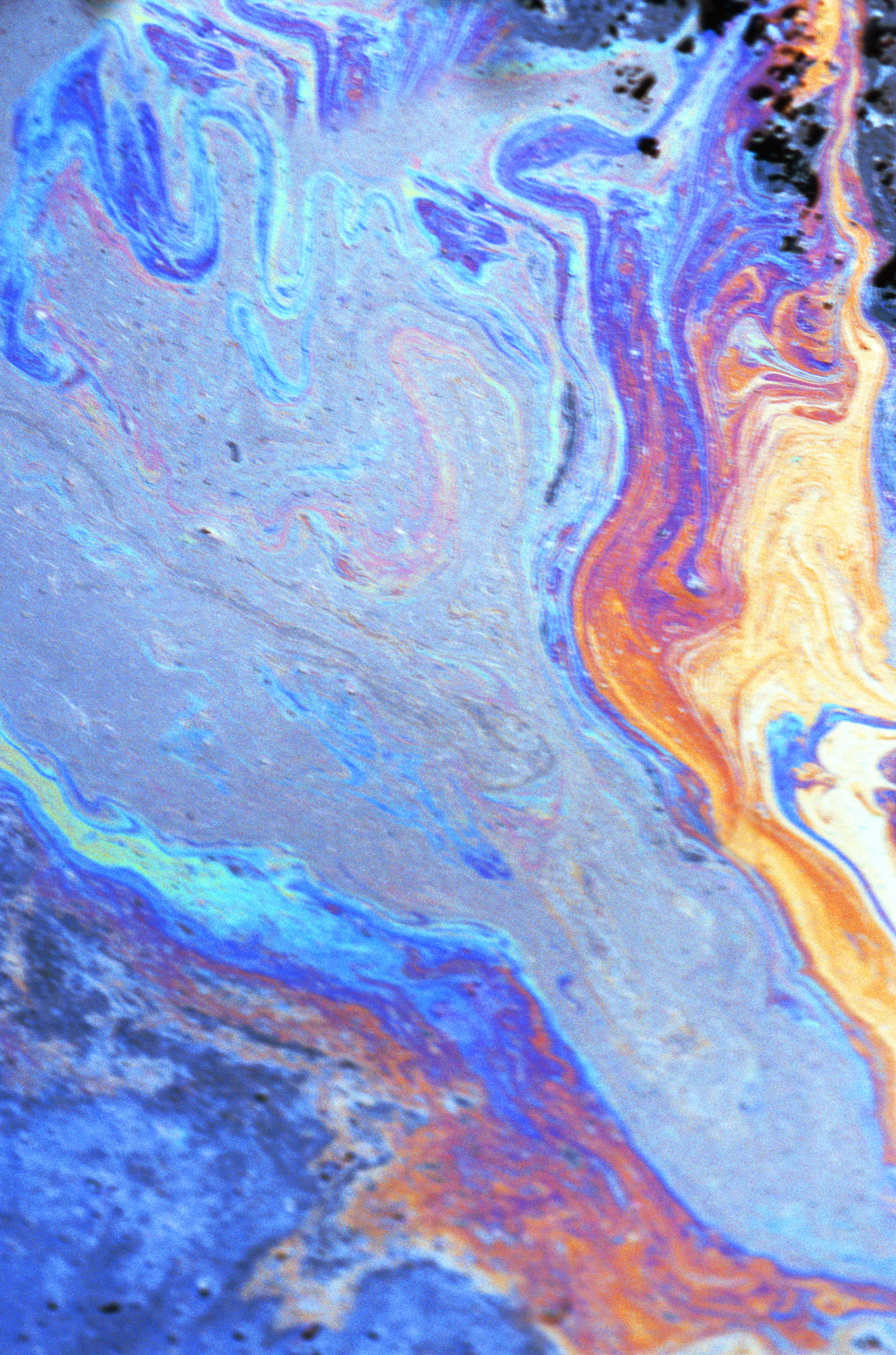 |
The SPCC definition of oil is taken from the Clean Water Act:
“Oil of any kind in any form, including, but not limited to, petroleum, fuel oil, sludge, oil refuse, and oil mixed with wastes other than dredged spoil.”
More specifically, Part 112.2 of the SPCC rule breaks oils into specific types. This can help facilities better define which oils and oil mixtures are or are not covered by the SPCC rule. Keep in mind that all definitions carry the caveat “but not limited to” when naming specific types of oils. The U.S. Coast Guard (USCG) also has a list. However, according to the EPA, it does not contain all of the oils subject to Part 112 of the SPCC rule.
Petroleum oils—include crude and refined petroleum products, asphalt, gasoline, fuel oils, naphtha, sludge, oil refuse, and oils mixed with waste other than dredged spoils.
Forget expensive calls to lawyers and consultants. With Enviro.BLR.com, you get instant access, 24/7. Try it out today and get an the 2013 EHS Salary Guide, absolutely free. Download Now.
Nonpetroleum oils and greases—include coal tar, creosote, silicon fluids, pine oil, turpentine, and tar oils.
Synthetic oils (oils created by chemical synthesis)—include heat transfer and engine fluids, hydraulic and transmission fluids, metalworking and dielectric fluids, and compressor and turbine lubricants.
Animal fats and vegetable oils (AFVO)—include fats, oils and grease from animals, fish or marine mammals, and vegetable oils from seeds, nuts, fruits, or kernels.
Asphalt—includes asphalt cement and derivates, such as cutbacks and emulsions. The definition does not include hot-mix asphalt (HMA) and HMA containers as by its nature, HMA is unlikely to have the ability to flow into navigable waters or shorelines.
Natural gas—includes natural gas liquid condensate (sometimes called “natural gasoline” or “drip gas).” The rule does not include either liquid natural gas or liquid petroleum gas because they volatilize on contact with air or water.
Oil and water mixtures—includes mixtures of waste water and oil and produced waters containing oil from an oil production, recycling, or recovery facility. The EPA also notes that produced water is also not eligible for the waste water treatment exemption in Part 112.1(d)(6).
Hazardous substances and hazardous waste—includes “certain hazardous substances or hazardous wastes that are oils, as well as certain hazardous substances or hazardous wastes that are mixed with oils.” Also included are underground storage tanks at facilities subject to the SPCC rule that hold Resource Conservation and Recovery Act (RCRA) hazardous wastes containing oils. Hazardous wastes that are not oils or are not mixed with oils are not included under the SPCC rule.
Everything You Need for Environmental Compliance
Enviro.BLR.com puts everything you need at your fingertips, including practical RCRA, CAA, CWA, hazardous waste regulatory analysis and activity, news, and compliance tools. Try it at no cost or risk and get a FREE report.
Denatured ethanol used in renewable fuels—includes final denatured alcohol which typically contains gasoline, natural gasoline, diesel fuel, or other petroleum product as a detouring agent.
Biodiesel and biodiesel blends—includes biodiesel 100 and biodiesel blends containing petroleum- based diesel fuel.
A Note About Milk and Milk Products
In 2011 the EPA published a final rule amending the SPCC regulations and exempting milk and milk product containers, associated piping and appurtenances (and related transfers and milk handling) because other standards already address prevention of milk discharges in harmful quantities. Milk products include cheeses, yogurts, and ice cream.
SPCC Applicability
Remember, a facility subject to the SPCC rule must first and foremost meet the following three criteria:
- The facility operations must be non-transportation-related,
- The facility must have an aggregate aboveground storage capacity of greater than 1,320 gallons or a completely buried storage capacity of greater than 42,000 gallons, and
- The facility owners/operators must have a reasonable expectation of a discharge into or upon navigable waters of the United States or adjoining shorelines.
